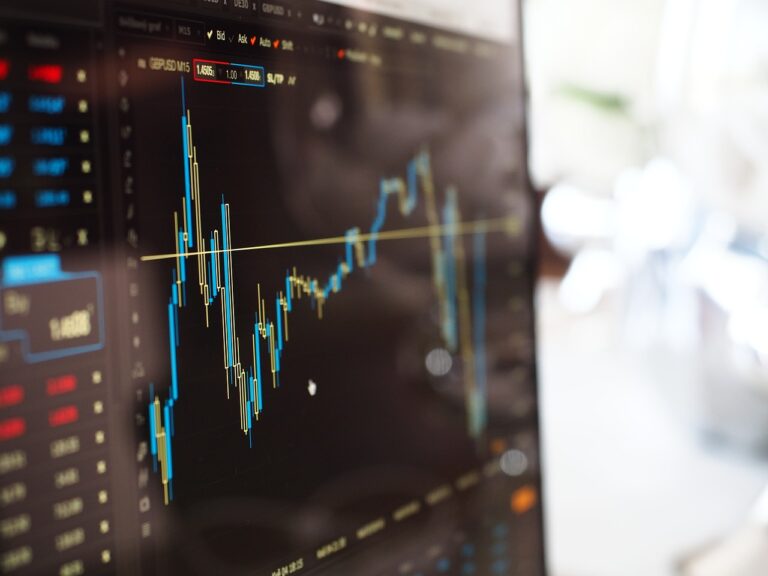When investing, there are two great universes: the one of regulated markets and the one of unregulated markets. Although the latter are not entirely without rules and controls, the difference is clear from the name: regulated markets are subject to a more stringent set of rules and supervision. With what consequences for investors?
Table of Contents
Unregulated markets: what they are
Unregulated markets (also called Over the Counter) are securities markets that are not subject to a specific set of rules.
There are therefore fewer constraints: there are no opening and closing times, as on stock exchanges. Usually, regulated markets are not confined to a physical location (like Wall Street for New York), they admit securities that are not subject to authorisation by supervisory authorities and operators who are not registered.
This is not to say that supervision is entirely absent. Central institutions may request information and documents on the exchanges that take place on unregulated markets, and the organisers are in any case obliged to communicate certain information both to the supervisory authorities and to the public.
Characteristics of Regulated Markets
Regulated markets are also referred to (in different articles) by the Consolidated Law on Finance. In this case, however, the constraints are much more stringent and detailed. Whoever manages a regulated market must ‘set up market structures and services and determine their fees’; ‘verify and ensure’ that market requirements obey the requirements of the Consolidated Law.
Have the power to ‘admit, exclude or suspend financial instruments from listing or trading‘; implement ‘orderly’ functioning. And ‘arrange and implement the necessary measures to avoid insider trading and manipulation’.
Those operating on the markets must also comply with certain requirements and disclose changes in capital holdings in as timely and transparent a manner as possible.
The main differences between regulated and unregulated markets
The differences between regulated and unregulated markets thus lie in the rules that govern them and not necessarily in the assets traded. On unregulated markets one can in fact sell and buy shares, bonds, derivatives, ETFs.
An important difference concerns the quotations. In a regulated market there is an official one. In one that is not, on the other hand, the price is derived exclusively from supply and demand. That is, from an agreement between buyers and sellers.
Regulated markets, thanks to a precise framework of rules, aim to standardise exchanges. And the constraints are such that only a small number of entities are admitted.
OTCs (the best known of which is Forex, the currency market), on the other hand, have in common only the fact that they are less regulated. They are therefore more heterogeneous and more numerous. They are characterised by less transparency and less liquidity.
Two characteristics that tend to favour volatility and, consequently, higher risk. This is not to say that unregulated markets are better or worse.
They have, for example, the advantage of being more flexible and allowing a wider range of assets to be purchased. As with any universe or financial instrument, they should therefore be used according to one’s objectives.
Read also: Financial securities, what are they and how do they work












